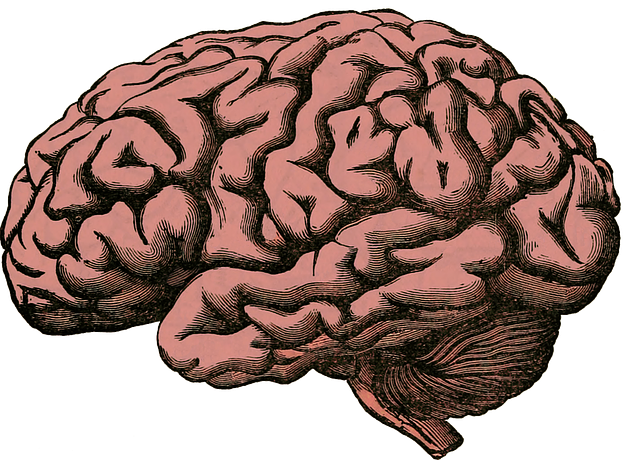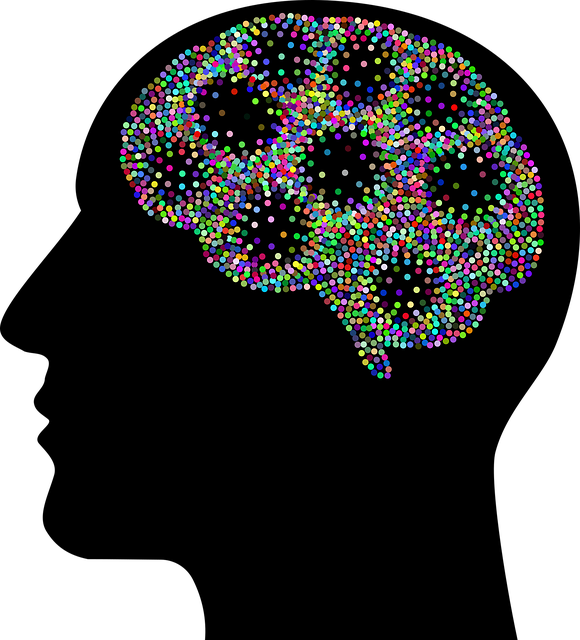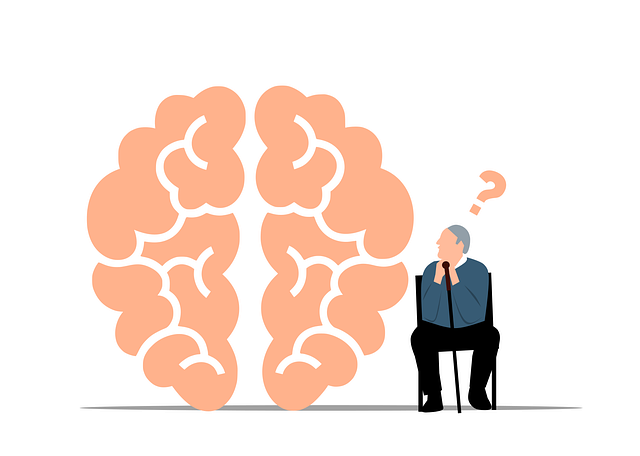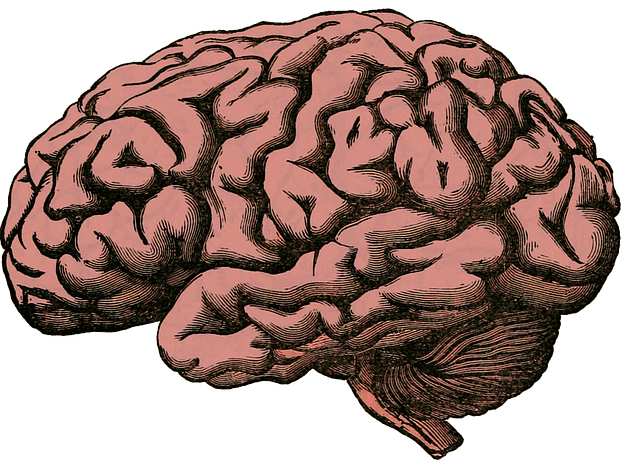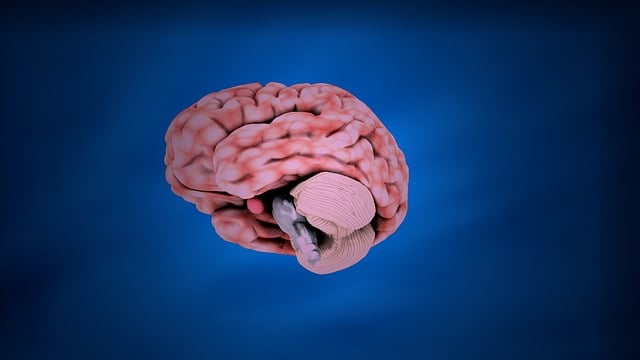Emotion regulation techniques, including therapy, self-care routines, and evidence-based practices like deep breathing and CBT, are key to managing Wheat Ridge Panic Disorder and anxiety attacks. By understanding emotional triggers, reframing negative thoughts, and building resilience through personalized care and cultural competency training, individuals can reduce panic episode severity and frequency, ultimately improving their overall well-being. This holistic approach combines short-term coping strategies with long-term recovery techniques for sustainable mental health management.
Emotion regulation techniques are powerful tools for managing panic disorder and anxiety attacks, offering a path to long-term recovery and resilience. This comprehensive guide explores these strategies in depth, focusing on Wheat Ridge panic disorder therapy. We delve into understanding the impact of emotion regulation, providing practical techniques to manage anxiety attacks and reduce their frequency. Additionally, we discuss integrating these strategies for sustained wellness, empowering individuals to navigate and overcome panic disorders effectively.
- Understanding Emotion Regulation and Its Impact on Panic Disorder
- Techniques to Manage Anxiety Attacks and Reduce Frequency
- Integrating Strategies for Long-Term Recovery and Resilience
Understanding Emotion Regulation and Its Impact on Panic Disorder

Emotion regulation is a vital skill to cultivate, especially for those managing panic disorder and anxiety attacks. It involves recognizing, understanding, and responding to one’s emotions in a healthy way, which can significantly reduce the intensity and frequency of anxiety episodes. For individuals dealing with Wheat Ridge Panic Disorder, learning effective emotion regulation techniques can be transformative. These strategies empower people to manage overwhelming feelings and prevent them from escalating into full-blown panic attacks.
Through therapy, empathy building strategies, and self-care routine development for better mental health, individuals can gain a deeper understanding of their emotions and learn coping mechanisms tailored to their needs. Anxiety relief becomes more accessible as one develops the ability to navigate emotional landscapes with greater ease. This process allows people to break free from the cycle of fear and anxiety, leading to improved overall well-being.
Techniques to Manage Anxiety Attacks and Reduce Frequency

Managing anxiety attacks is a crucial aspect of treating Wheat Ridge Panic Disorder and Anxiety Attacks Therapy. Techniques such as deep breathing exercises, progressive muscle relaxation, and mindfulness meditation can help individuals gain control and reduce the frequency of panic episodes. Deep breathing involves slow, deliberate inhales and exhales, which activate the body’s parasympathetic nervous system, calming the mind and body. Progressive muscle relaxation systematically tensing and relaxing different muscle groups aids in releasing physical tension associated with anxiety. Mindfulness meditation encourages focusing on the present moment, helping individuals detach from anxious thoughts and feelings.
Building resilience is another essential strategy. This involves learning to reframe negative thoughts and challenges as opportunities for growth. Cognitive-behavioral therapy (CBT) plays a significant role here by teaching individuals to identify and change unhelpful thought patterns contributing to anxiety. Additionally, healthcare provider cultural competency training ensures that patients receive personalized care, considering their unique backgrounds and experiences. By combining these evidence-based techniques, individuals can enhance their ability to manage anxiety effectively and lead more fulfilling lives.
Integrating Strategies for Long-Term Recovery and Resilience

Integrating strategies for long-term recovery and resilience is a key aspect of treating conditions like Wheat Ridge panic disorder and anxiety attacks. Effective therapy goes beyond addressing immediate symptoms by teaching individuals sustainable coping skills that enhance their overall well-being. By combining evidence-based techniques, such as cognitive-behavioral therapy (CBT) and mindfulness practices, healthcare providers can empower clients to manage stress and emotions effectively in various settings.
Cultural competency training for healthcare providers plays a crucial role in this process, ensuring that interventions are tailored to individual needs and backgrounds. Effective communication strategies facilitate open discussions about emotional experiences, while coping skills development equips individuals with practical tools to navigate challenging situations. This holistic approach fosters resilience, enabling clients to maintain their progress and thrive even during difficult times.
Emotion regulation techniques offer a powerful tool in managing panic disorder and anxiety attacks, as evidenced by their positive impact on patients with Wheat Ridge panic disorder. By integrating strategies from various approaches, individuals can gain long-term recovery and resilience. Through consistent practice, these techniques enable better control over emotional responses, reducing the frequency and intensity of anxiety attacks. With dedicated therapy, individuals can lead more fulfilling lives, free from the constant fear and distress associated with panic disorder.



